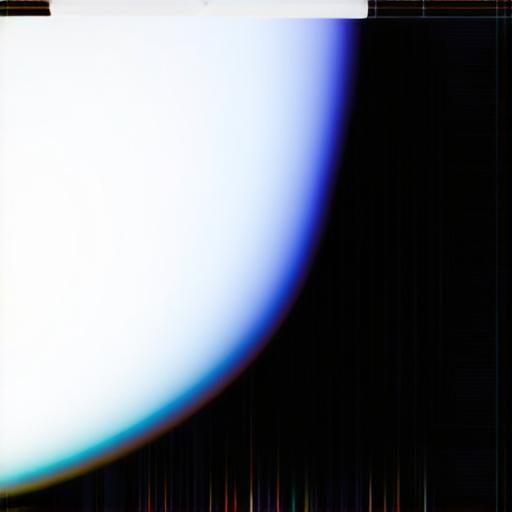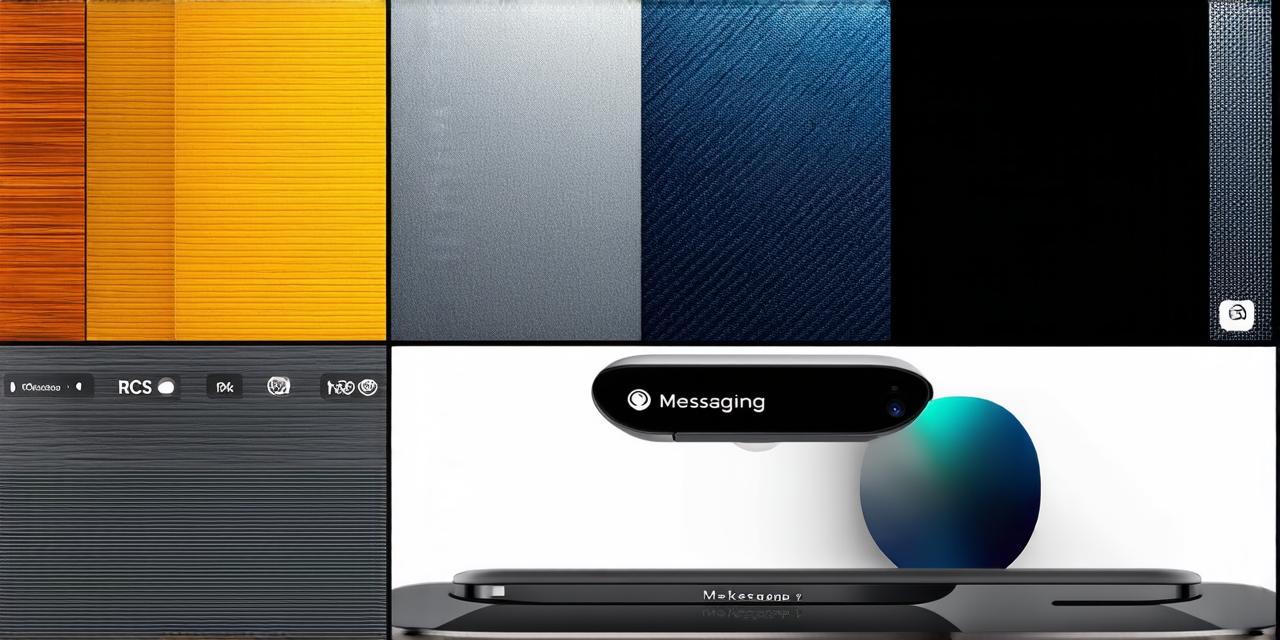or desktop computer that supports the RCS messaging feature. You will also need to have a phone number that is capable of receiving RCS messages, and ensure that your carrier is participating in the RCS messaging network.
Once you have all of the necessary components in place, you can begin using RCS messaging by downloading the latest version of the Messages app on your Apple device. From there, you can enable RCS messaging by going to the Settings app, selecting Messages, and then toggling on the switch for “RCS Messaging.”

Once you have enabled RCS messaging, you can start sending and receiving messages with rich media content, as well as taking advantage of its many advanced features. For example, you can create groups with up to 50 participants, make voice and video calls directly from the messaging app, and even share your location with others in real-time.
One of the key advantages of RCS messaging is its ability to provide a seamless, cross-platform experience for users. This means that regardless of whether you are using an iPhone, Android device, or even a desktop computer, you can still send and receive messages with rich media content in a consistent and user-friendly way.
Another advantage of RCS messaging is its ability to provide more advanced features than traditional SMS and MMS messaging. For example, users can create groups with up to 50 participants, make voice and video calls directly from the messaging app, and even share their location with others in real-time.
In addition, RCS messaging provides end-to-end encryption, ensuring that your communications are secure and private. This is especially important for businesses that need to protect sensitive customer data and personal information.
Real-Life Use Cases for RCS Messaging
So how can RCS messaging be used in real life? There are many potential use cases for this powerful new communication tool, ranging from personal to professional. Here are just a few examples:
-
Personal Use: RCS messaging can be used to enhance the way you communicate with your friends and family members. For example, you could use it to share photos and videos of your child’s soccer game, or to coordinate plans for a weekend outing with a group of friends.
-
Customer Service: RCS messaging can be used by businesses to provide more efficient and personalized customer service. For example, a customer support representative could use it to quickly and easily troubleshoot a problem with a product or service, or to provide personalized recommendations to a customer based on their preferences.
-
Remote Work: RCS messaging can be used by remote teams to enhance communication and collaboration. For example, team members could use it to share files, schedule meetings, and coordinate work on projects in real-time, regardless of where they are located.
-
Emergency Response: RCS messaging can be used by emergency responders to quickly and easily communicate with one another during an incident. For example, firefighters and paramedics could use it to share information about the location and nature of an emergency, or to coordinate their response efforts in real-time.
How Does RCS Messaging Differ from Traditional SMS and MMS Messaging?
RCS messaging differs significantly from traditional SMS and MMS messaging in a number of ways. First and foremost, it enables users to send and receive messages with rich media content, such as images, videos, and files. This is in contrast to traditional SMS and MMS messaging, which are limited to simple text messages and attachments.
In addition, RCS messaging provides a more seamless and cross-platform experience for users, allowing them to send and receive messages in a consistent and user-friendly way regardless of their device or platform. This is especially important for businesses that need to support multiple devices and platforms in order to communicate effectively with their customers.
RCS messaging also provides end-to-end encryption, ensuring the security and privacy of communications. This is especially important for businesses that need to protect sensitive customer data and personal information.
Finally, RCS messaging provides a range of advanced features that are not available in traditional SMS and MMS messaging, such as group messaging with up to 50 participants, voice and video calls, and real-time location sharing.
Summary
RCS messaging is a powerful new communication tool that is poised to revolutionize the way we communicate with one another.
